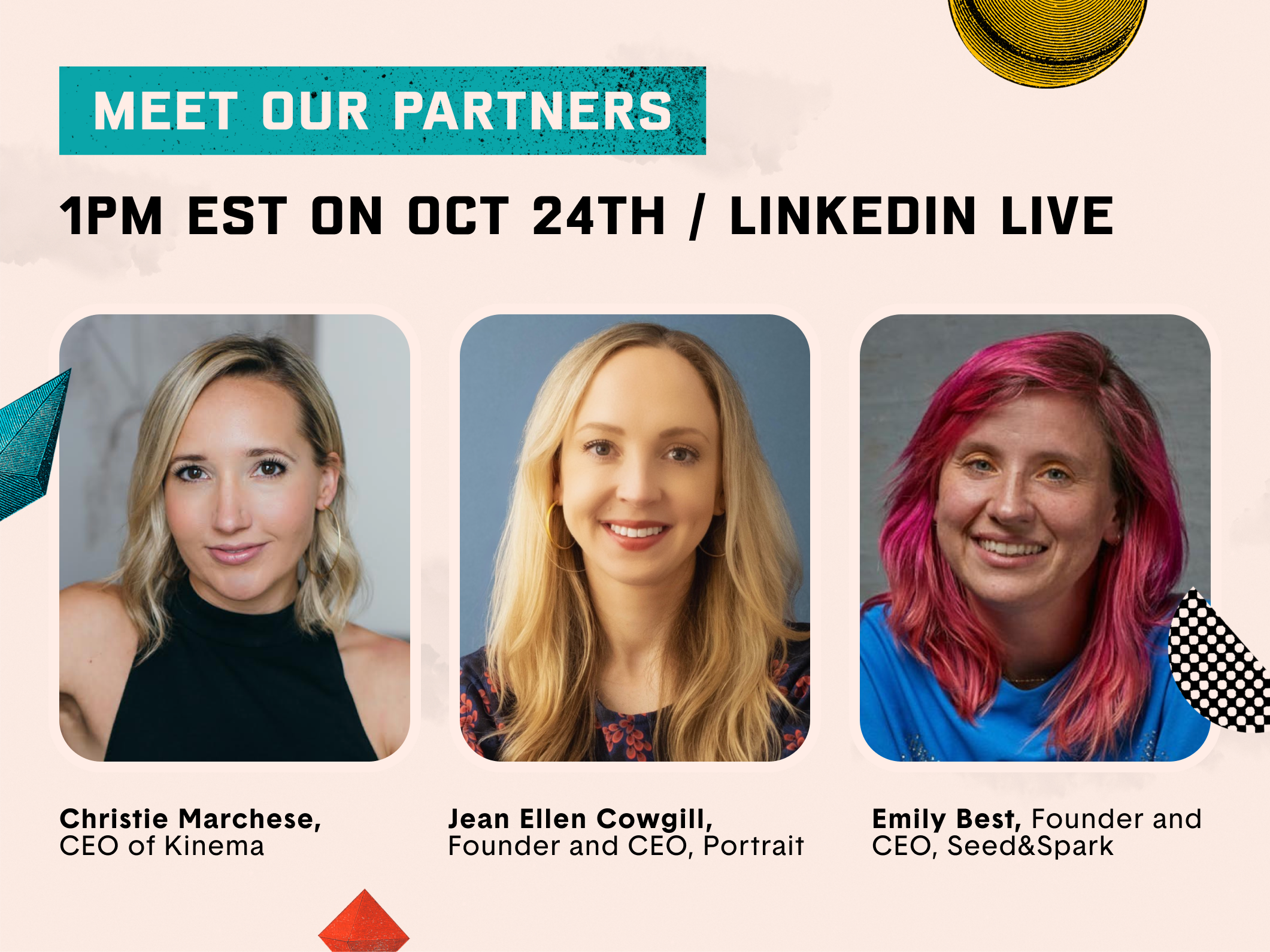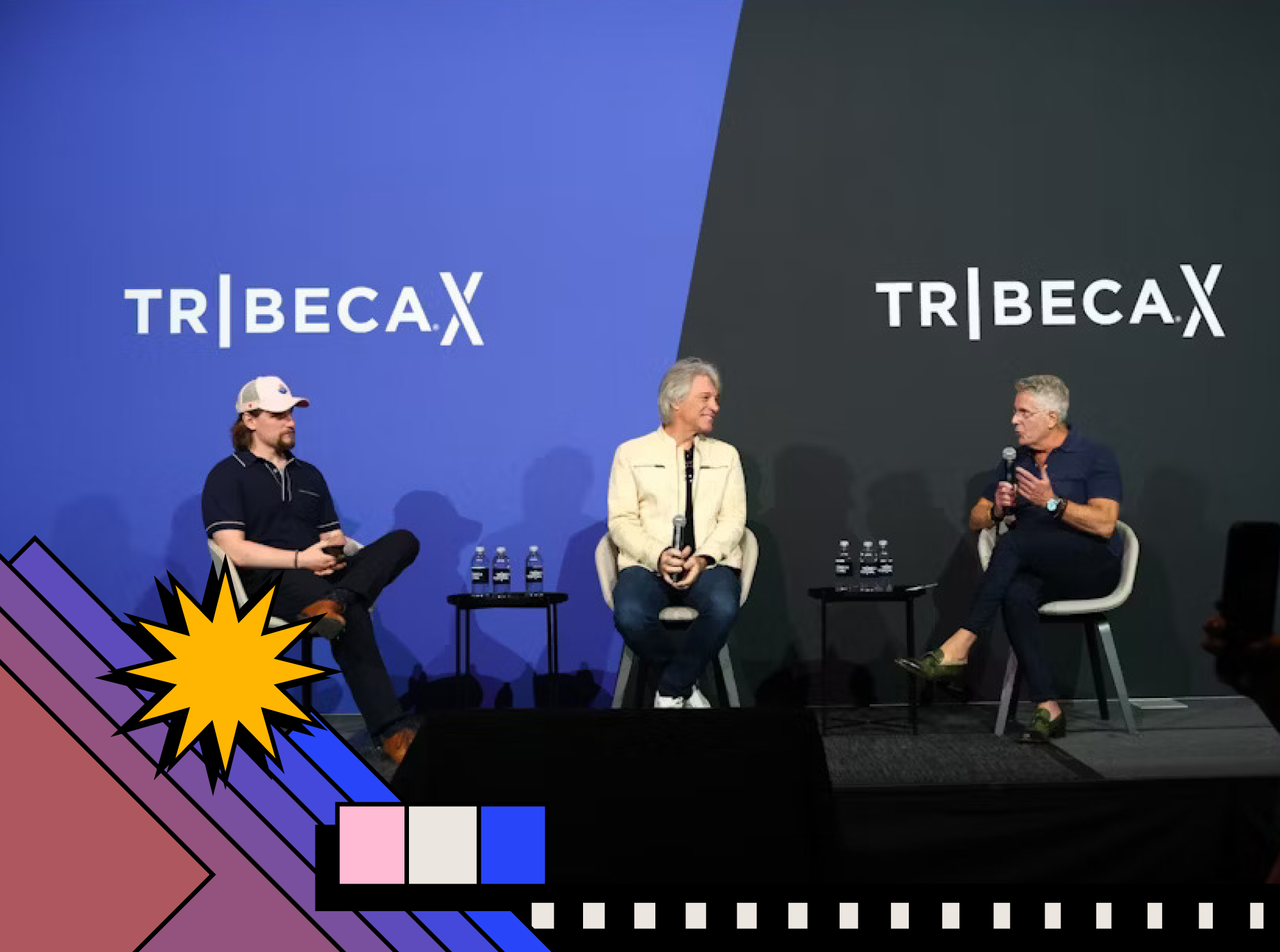THREE TAKEAWAYS FROM NAB SHOW 2022
After two years of cancellations NAB has finally returned!
Since their inception, trade shows have been invaluable in the broadcast community for expansion, networking, and marketing. Whereas the original purpose of a tradeshow came about to show the use of a product to validate it’s existence or benefit, video and television have undoubtedly reached an age of advanced, technical maturity in which that is no longer needed. At this point, most industries are aware of the capabilities of an UNREAL engine, or utilizing VR/AR to assist in production of projects both digitally and physically. However, with improvement, naturally problems appear. The focus of this year’s trade show centered not on how the technology available functions, but how it provides unique solutions to the problems presented by its presence.
The Telly Awards attended this year’s show to both listen and take part in the conversations NAB facilitated around what is available for video and television professionals today. This is what we learned.
TECHNOLOGY IS KING
In January 1996, Bill Gates published an essay titled “Content is King”, on the Microsoft website. The first line of that essay read…
“Content is where I expect much of the real money will be made on the Internet, just as it was in broadcasting.”
Despite its date or origin, Bill Gates’ words managed to remain relevant even nearly two decades later, that is, until now. It took only three panels to notice a theme among the many conversations within NAB’s CREATE CONFERENCE. Content, in a lot of ways, is still the main event when it comes to digital marketing. Take streaming services as an example, how platforms are valued by customers, by advertisers, by investors, is by the content available on said platform. However, as content becomes more easily accessible and produced, the focus of the many company directives, and as a result, their dollars, has shifted to the technology utilized to create that content. Within production, when technology is discussed, it’s no longer in terms of what it can be used for to create, but how it can be used to help make projects better whether that is by ensuring diversity through remote teams from around the world or collaborating on processes in real time using cloud based software.
In short, the technology available to production creatives is at an all time high and how that technology is being used has become the larger focus rather than what kind. In all the discussion of a post-pandemic production world, the idea of ever going back to “normal” is a farce if not impossible. The metaverse was a popular topic at this year’s conference, although it did have mixed reviews on its potential to add meaningful improvement to an already content heavy landscape. The consensus among those that are diving headfirst into metaverse production steadied on the fact it was not yet at its full potential, but in time, it could change the way in which we look produce content as we know it. If the advancement of technology in production continues at the rate we’ve seen, there is likely to be a shift in the landscape of production as a whole moving forward into 2022 and beyond.
THE RACE IS GETTING FASTER
A huge benefit of attending the NAB Show would be the in-person demonstrations of software usually unavailable to the general public. For example, Black Magic showcased it’s newest edition of DaVinci Resolve 18, a post-production solution that combines editing, color correction, visual effects, motion graphics and audio post production all in one software tool. It was celebrated as a user-friendly, professionally powered software that allows you to work faster at a higher quality than any other software on the market. Attractive message with an even more attractive interface. The newest addition to the already industry dominating software allows for cloud based workflow – allowing multiple users to work on a single project at the same time, completely remotely. So an audio engineer in the US can be mixing while an editor in the UK finishes a color conform, or a colorist in AUS can apply correction to new edits in a V2 string out in a matter of minutes with the Director in Spain looking on.
Ultimately, the intention of the software is no doubt to make the post-production process faster. This was a theme among the many vendors we visited for a variety of different needs. The overall message from the software side of the show centered on ways to decrease the time it took to complete the conception-to-delivery pipeline. The way in which companies are trying to address this need for faster production pipelines could possibly stem from an increased demand for content following the pandemic. However, it is also worth noting that the solution to making things faster, does not necessarily correlate with making it cheaper, but it does check the box of making content at scale. The implications of making content faster while maintaining a consistently high quality across projects will bode positively for those intending to expand their distribution reach. Only time will tell if it can be sustainable in the long run.
IT'S NOT ABOUT WHO'S NEW, BUT WHO IS DIFFERENT
If you have worked in corporate media, then you’d be familiar with the tools available to help a production workflow. Transcribing interviews, distributing content to audiences, marketing platforms for monetizing work, all necessary needs that can be met with tools currently on the market. Yet, walking through NAB for 20 minutes gave us the chance to meet a number of relatively unknown companies pitching their individual software to answer these needs.
Companies releasing their own version of software aimed at making an already solid production processes better or unique is not a new phenomenon. In fact, this is why production creatives have so many options available to them when making content. However, it does speak to the larger point of how can a consumer choose when the options are plenty and the differences between those options are little, in the same way content creators have been vying for audience attention and seeking the answer to the all elusive question of, “How do I stand out?” With competition at an all time high, organizations looking to make a sound through all the noise are depending on differentiating themselves from the current market. But how is that possible when they are essentially offering the same services?
What we noticed was that the companies relied on individualizing the need for each customer. While they offer a plethora of features that can be used across multiple projects and needs, the focus was less on a macro software level and more on the details of how the work is done. For example, if already utilizing Rev for transcribing, another company selling transcribing services pointed out the differences in the model used to transcribe – crowdsourced transcription vs. internal teams – and further what can be done to it beyond transcription, i.e. translation, etc. The lesson here is two fold – the lack of need in an area is no longer a reason to not pursue business, in fact, it’s now considered an opportunity. The last two years has resulted in the biggest advancements in production technology that we’ve seen in decades, but whether the overhaul was needed could be up for debate. Secondly, the answer to the question “How do I stand out?” isn’t about being the new name on the block who can do things better, it’s about who is the name on the block doing things differently.




